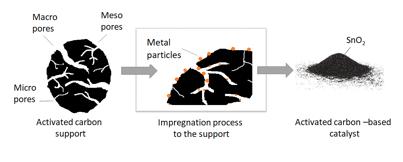Figure 29. Schematic extraction process to get tannin powder (Adapted from: Shirmohammadli et al. 2018)
Due to the phenolic structure and versatile properties of the tannins, they have found use in many different applications. Tannins have been utilized traditionally in the leather industry as tanning agent because of the characteristics of tannins to bind and precipitate proteins. Owing to their high antioxidant properties tannins are widely utilized in food and beverage industry, for example, in wine production. Due to the chemical reactivity of the phenolic structure, similar to synthetic phenols, condensed tannins have gained growing interest as a natural alternative in the production of wood adhesives. Other applications for tannins are, for example, animal nutrition, metal recovery, pharmaceuticals, cosmetics, in wood protection, and manufacturing of foams. (Shirmohammadli et al. 2018) Globally, the estimated tannin market size in 2015 was more than 1 000 000 tonnes, and it is expected to continue to grow in the coming years. The leather manufacturing and winemaking industry are expected to be the key factors driving market growth. In 2015, the leather tanning represents 62 % of the total market revenue. Europe accounted for about 38 % of the total revenue in 2015, due to the need of tannin in wine industry. Also, demand for wood adhesives applications are increased due to growing manufacturing of wooden products (Grand View Research, 2017). It is observed that the residual bark from forest industries can offer abundant and sustainable raw material for different applications. The following chapters take a closer look on the development of extraction processes and utilization of tannin extract. Optimization of tannin extractions and development of purification methods are focussed in the following section. Different extractions procedures are compared and purification test are performed. From the applications point of view, the utilization for tannin extracts are studied by producing tannin foams, and their properties are studied. Finally, literature research will focus on the possible applications for tannins.
3.2 WP3.1 Extraction/separation of tannins from fresh bark 3.2.1 METHOD Small scale extraction of tannins from fresh bark Extractions of condensed tannins from spruce bark at atmospheric pressure were done using following solvents: water, 2% Na2SO3(aq), 2% NaHSO4 + 2% Na2CO3 (aq) and 30, 50 and 70 % ethanol(aq) solutions. Each solvent was used in extractions in three different temperatures (60, 75 and 90 °C) with two different extraction times (60 and 120 min). 5 g of freeze-dried and grinded spruce bark was weighed GREEN BIORAFF SOLUTIONS
29








